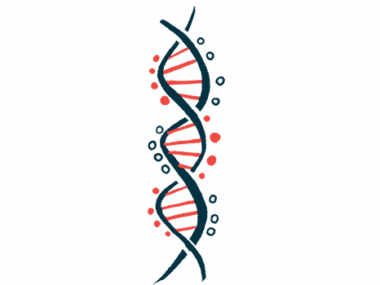#NACFC2016 – Many Eligible CF Patients Miss Out on Orkambi Treatment, Study Shows
Written by |

Fewer than half of the cystic fibrosis (CF) patients eligible for treatment with Orkambi (lumacaftor/ivacaftor) used the medication at the end of its first year on the market, an especially low number when compared to the spread of Kalydeco (ivacaftor) use.
The study, “Uptake of Lumacaftor-Ivacaftor Use Among Eligible CF Patients in the US in 2015,” was presented at the 30th Annual North American Cystic Fibrosis Conference Oct. 27-29 in Orlando, Florida during a session called “Epidemiology in CF.”
When Kalydeco was approved for cystic fibrosis patients with G551D CFTR mutations in 2012, it took only four months for the drug to reach 64 percent of eligible patients. In July 2015, Orkambi was approved for CF patients carrying two delF508 mutations, so to analyze the spread of the drug during its first year on the market, Dr. Gregory Sawicki of Boston Children’s Hospital turned to the CF Foundation Patient Registry (CFFPR).
Sawicki and his team identified all patients who had two gene copies with the delF508 mutation and who had at least one clinical encounter in 2015. The team defined Orkambi uptake as at least one clinical visit in which Orkambi was documented as a chronic treatment.
The team identified 12,911 CF patients with homozygous delF508 mutations, of which 69 percent were 12 or older, and were therefore eligible for treatment with Orkambi. By the end of the year, however, only 42 percent of the 8,895 eligible patients were treated with the therapy.
In addition, the team found 33 patients younger than 12, and 103 patients with other mutations, who received the drug.
Eligible patients who did not receive Orkambi treatments were more likely to be older than 30 and had fewer clinical visits in 2015. Untreated patients also typically had a better lung function and fewer rounds of intravenous antibiotics during the year.
In contrast, those who did receive the treatment were more likely to have private health insurance. Importantly, there was a huge difference in the proportion of treated patients in different states, where numbers ranged from 0 percent to 90 percent treatment uptake. There were only 14 states in which more than 50 percent of eligible patients received treatment with Orkambi.
“Only a minority of delF508 homozygous CF patients in the U.S. had documented use of LUM-IVA [Orkambi] within 6 months of FDA approval. Uptake of [Orkambi] therapy is much lower than the rate of uptake of [Kalydeco] among G551D CF patients following approval in 2012,” concluded the team in their NACFC’s abstract.
“This suggests that clinicians may be slower to recommend [Orkambi) therapy compared to historical precedent with [Kalydeco] monotherapy in a different group of patients.”






